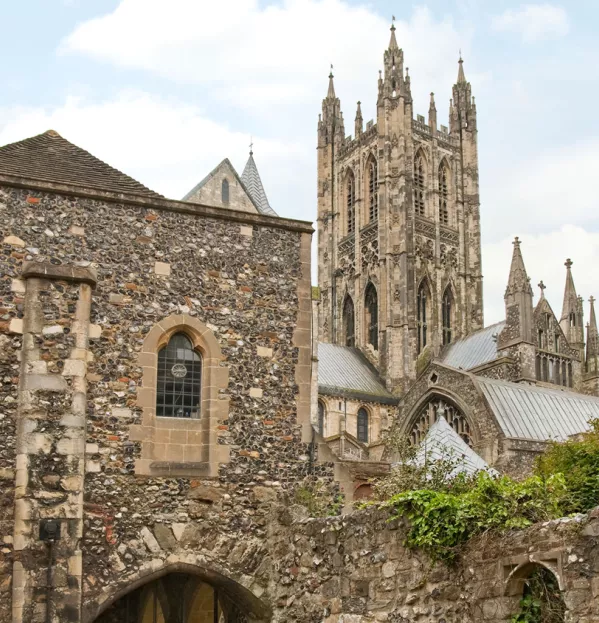In the year 597, the first school in England was set up as part of Canterbury Cathedral. Just 1,283 years later, the 1880 Elementary Education Act mandated attendance at a (church) school between the ages of 5 and 10.
The 1902 Balfour Act created the first Local Education Authorities, and it wasn’t until the 1944 Butler Act - almost 1,350 years since the church had been in the game - that the state funded compulsory schooling for all until 15.
So I do find it a little rich when people say that our country’s religious institutions shouldn’t have any role in education. The sibling defence of “but I was here first!” has great validity. I’m also fascinated to hear ways in which advocates of secular schooling propose to deal with the incorporation of around one-third of schools under full state control, complete with trillions of pounds of land and assets. Hands up who would like to be the new Henry VIII?
The mixed role of church and state in schooling in Britain is the kind of thing that exercises ideologues on both sides, but doesn’t particularly bother most people. In Westminster speak, it’s a “third-term issue” to resolve (the point being hardly any government gets to that point).
The Department for Education is, however, now proposing to allow new faith schools to increase the proportion of pupils they take on faith criteria from 50 per cent to 100 per cent. The argument is that this rule currently stops certain faiths (particularly Catholicism) from opening new schools, because religious doctrine doesn’t allow the creation of mixed-intake schools.
If the rules are that new schools can select 50 per cent of students only, then you either comply with that rule - or don’t set up new schools
The main argument for scrapping the 50 per cent faith admissions rule, which is meant to allow for a diverse pupil intake from other faiths (or none) for the remaining half of places, is that it doesn’t achieve that diversity. It does not, however, logically follow that removing that mixed-intake requirement will increase diversity. Indeed, I would argue that what it does is remove the single biggest lever that could, under different circumstances, produce more mixed intakes.
The second element that makes me uncomfortable is that, just as the state should take heed of older existing religious institutions so, too, in 2016 should religions take heed of existing state rules. If the rules are that new schools can select 50 per cent only, then you either comply with that rule - or don’t set up new schools.
And third, the conditions proposed to ensure balance in new faith schools are very weak. Two proposals are for schools to “consider” doing things. Done: I’ve considered them and I’ve decided not to do them. Of the other two, one requires showing mixed-faith demand before opening a school, which has no impact on intake in future years. And one is to twin with other faith settings; something that can be rigorous, or entirely tokenistic, with very little proposed scrutiny.
Faith schools can be superb. The state’s role is to ensure they admit fairly and teach broadly. But there is a growing concern around unregistered private religious schools. That strikes me as a far more serious issue to address.
Jonathan Simons is a former head of education in the Prime Minister’s Strategy Unit under Gordon Brown and David Cameron
